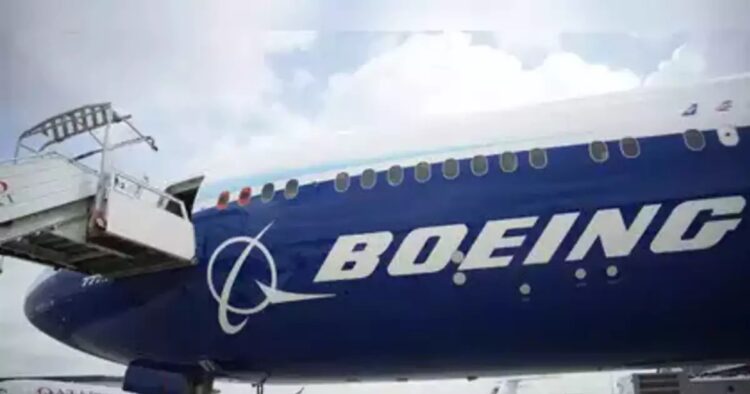Boeing Co. notified employees as it proceeded with planned job cuts aimed at increasing efficiency, according to the media reports. This move represents a delicate balancing act for the company, which needs to streamline its workforce without losing the skilled talent essential for boosting production levels in the future.
Last month, the company announced that it would be reducing its workforce by 10%, impacting approximately 17,000 jobs. These cuts are intended to help Boeing regain its competitive edge as it faces a series of challenges, including reduced output following a major incident in January and a nearly two-month strike that temporarily halted much of its production.
However, Boeing risks compromising its recovery efforts if it cuts too deeply. Historically, manufacturers like Boeing could expect furloughed employees to eventually return, but the pandemic-era layoffs led to a permanent exodus of skilled engineers and mechanics—a trend that may continue as labor options broaden. With Seattle’s unemployment rate around 4% and a booming aerospace job market, Boeing workers now have more career choices than ever before. The region’s growing space sector is especially competitive for talent.
“Companies like SpaceX, Blue Origin LLC, and Amazon’s Project Kuiper are actively seeking new hires to support expanding operations around Seattle, where Boeing produces most of its commercial jets,” said Stan Shull, a consultant for the space industry with Alliance Velocity LLC. Opportunities include working on Starlink satellites with Elon Musk’s team, rockets, space stations, and lunar landers with Jeff Bezos’s company.
Shull estimates there are over 1,350 job openings at more than 50 space companies in the Puget Sound area, spanning roles from engineering to administrative, sales, and marketing positions. Richard Aboulafia, managing director with AeroDynamic Advisory, highlighted the intensifying competition for skilled labor, especially as Boeing may need to resume hiring down the line. “It works fine as long as labor markets aren’t tight,” Aboulafia commented. “But aerospace and defense labor markets are really tight.” Large-scale layoffs carry additional risks. Aboulafia noted that blanket workforce reductions are “the surest formula for losing 10% of your best people,” who may seek greater stability elsewhere.

















Comments